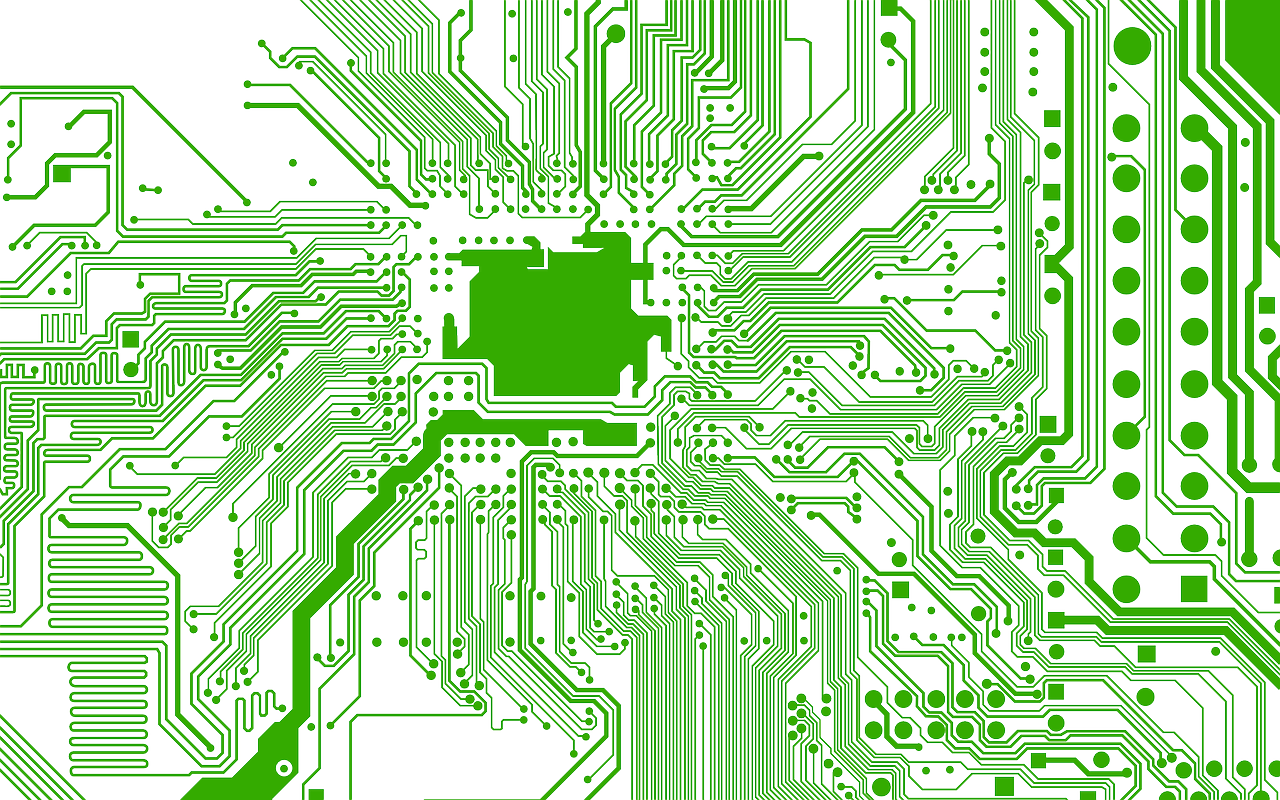by MaryBeth Stuenkel, Webmaster, SustainableQATAR
Technology is part of our lives. And Qatar is at the forefront. In May 2018, Ooredoo Qatar was the first to launch 5G on a commercially available network globally, positioning Qatar to be ranked globally among the world’s top five 5G-leading countries.
As residents of Qatar, we have embraced the use of technology to communicate with family and friends near and far, to stay informed, to form communities among people with common interests, and to avail ourselves of local resources, among many other uses. Technology puts all of that at our fingertips on that small device that we still call a phone, even though it’s really a computer, with the ability to make calls being just one of its uses.
That’s all great! So exactly how does the use of technology impact the environment?
The impact of technology on the environment extends throughout its lifecycle. First, manufacturing of electronic devices, from cell phones to large servers, consumes non-renewable resources. This includes precious metals like gold, and harmful materials such as lead, cadmium, and chromium. Next, resources are consumed generating electricity to power devices while being used. Finally, discarded devices (electronic Waste or eWaste) contain a mixture of metals along with various types of plastics and ceramics.
“Remarkably almost 10% of all energy used and 4% of carbon emissions in the environment are calculated as coming from ICT (Information and Communications Technology) only.”
The environmental impact of ICT
The largest energy impact from tech is production, which represents 60-85% of the energy consumed during the lifespan for a personal computer and 50-60% for mobile phones. The rest results from our use of technology and its disposal. While eWaste contains valuable components that can be recycled, tech recycling is not generally practiced, and the disposal or recycling process may result in human health risk or environmental pollution.
As computing technology started to become more widely available, the idea of a paperless office gained popularity. In 1980, the Economist published a briefing entitled Towards the paperless office but when following up in 2012, they found that global paper consumption had increased by half. People were actually printing electronic documents, even forgetting them, leaving them at the printer only to end up in the recycling bin, or worse, the trash.
Since paper is viewed as a renewable resource, it is often believed to be more environmentally friendly than other alternatives (e.g. single use plastic bags). However, paper production is also environmentally costly. Consider these Paper Facts from The World Counts:
- 40% of the world’s commercially cut timber is used for paper production.
- The use of paper damages the environment through its lifecycle, starting with a tree being cut down and ending its life by being burned, adding carbon dioxide to the atmosphere, or by ending up in a landfill, taking up space and leaching chemicals into groundwater.
- Paper production uses lots of water. A4 paper requires 10 liters of water per sheet.
And what about recycling? That makes it ok, right? Nope. While a better alternative than sending to the landfill, recycling also uses resources and has the counter-effect of leading us to think it’s ok to waste. The best solution is to not generate the waste at all.
Keeping up with technology has become an obsession for many people. It’s the job of the tech industry to innovate, producing ever more capable and desirable products. But what becomes of the old tech when the glitzy new device is purchased? Discarding electronics has the potential to introduce hazardous materials to the environment by leaching out toxins where it is discarded, posing a health hazard.
Ok, I see how using technology impacts the environment, and even me. What can I do?
During September, SustainableQATAR will provide five weekly challenges to serve as actions we all can take to reduce the impact of our use of technology on the environment. Check back each week to see what simple steps we all can take to continue to enjoy our devices while doing our part to reduce carbon emissions.
Using technology, like almost everything we do, consumes resources. By thinking about how we use these valuable electronic tools and how we might do so differently can help us preserve valuable natural resources used to create them. Not only that, but technology can actually help us be more creative in how we preserve our environment, making it more sustainable for all. Read more about that in our final September challenge.
Resources
- The Peninsula Qatar, Qatar among world’s top 5G-leading countries, 27 Feb 2019
- ICTFOOTPRINT.eu, The environmental impact of ICT: reducing the ICT footprint and rethinking progress & technology with sustainability in mind, 16 Nov 2016
- The World Counts, Environmental Impact of Paper Production: A useful but wasteful product, 28 Sep 2014
- University of Michigan Center for Sustainable Systems, Green IT Fact Sheet, 2018
- The Economist, I’m a lumberjack, 3 Apr 2012
- WorldAtlas, What Is The Environmental Impact Of Paper?, 14 May 2018
- The Balance Small Business, E-Waste Recycling Facts and Figures, 31 Dec 2018
- Science of the Total Environment, E-waste: An assessment of global production and environmental impacts, 20 Oct 2009
September TECHNOLOGY Challenges
Challenge #27: Smart Purchasing

